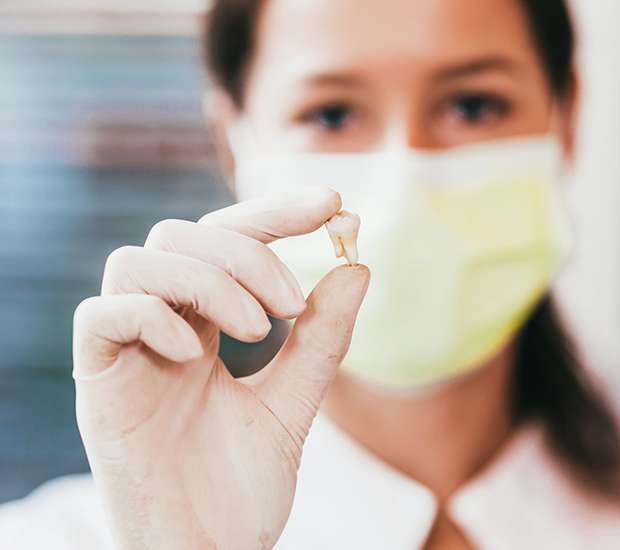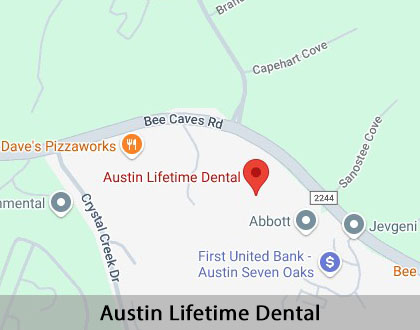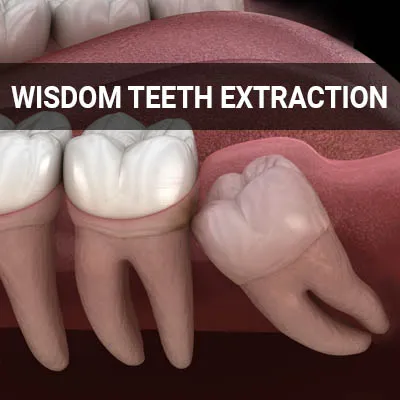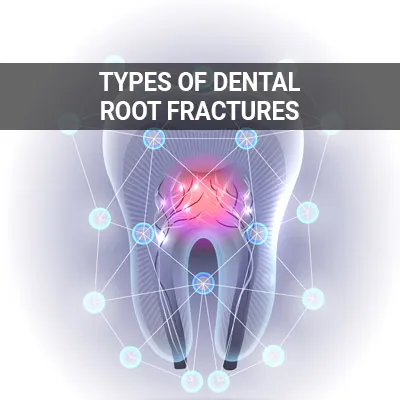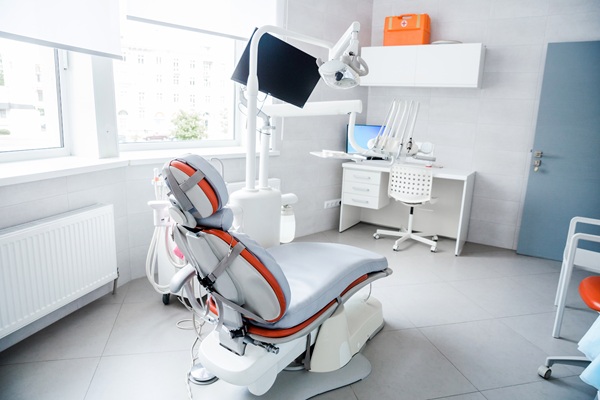Tooth Extraction Austin, TX
A tooth extraction can be an essential part of maintaining one's dental health. Contrary to popular belief, wisdom teeth are not the only teeth that may need extraction. Tooth extraction can improve the overall functioning of the mouth.
Tooth extraction is available at Austin Lifetime Dental in Austin and the surrounding area. Many patients find that tooth extraction relieves them of unnecessary pain and restores their quality of life. Call us today at (512) 387-9049 to learn more and schedule an appointment.
Signs Indicating Need for Extraction
There are various reasons a patient would require a tooth extraction, most commonly involving severely decayed or damaged teeth. Extractions are often a result of impacted teeth, trauma, infection, or risk of infection from another disease or condition. The patient is usually able to notice the signs and symptoms of a compromised tooth. Along with that, a dentist can usually spot indicators during a routine oral exam.
Signs and symptoms that are common in a tooth requiring extraction:
- A loose tooth
- An impacted baby tooth
- Difficulty or pain when chewing
- Jaw pain, soreness, or stiffness
- Spacing or overcrowding issue
- Swollen gums or jaw
- The tooth or gum tissue surrounding a tooth is infected or inflamed
Patients who are experiencing any or all of these symptoms should contact Austin Lifetime Dental to request an examination. Extractions are typically done in one visit, with recovery taking one to two weeks with proper care.
“Extractions are often a result of impacted teeth, trauma, infection, or risk of infection from another disease or condition.”
Preparing for Tooth Extraction
The first step to getting a tooth extraction is an initial consultation. During this time, patients should go over their medical history with their dentist, along with any other treatments they have planned. They should also tell their doctor about any medications, vitamins, supplements, and over-the-counter drugs they are taking. To ensure the patient's health, our team will take X-rays before the extraction and prescribe the patient antibiotics beforehand if necessary. Patients may be prescribed antibiotics if they have an infection, a weakened immune system, or specific medical conditions. The doctor may also prescribe antibiotics for patients who will undergo particularly long procedures.
Patients should wear loose, short-sleeved clothing on the day of the procedure. Additionally, they should refrain from eating or drinking for six to eight hours and refrain from smoking for 12 hours before their appointment. Patients should notify the office immediately if they have a cold, nausea, or vomiting, as this may necessitate rescheduling or use of a different form of anesthesia than initially planned. Those undergoing general anesthesia should make arrangements to have a trusted adult drive them to and from the procedure.
“To ensure the patient’s health, our team will take X-rays before the extraction and prescribe the patient antibiotics beforehand if necessary.”
What to Expect During Tooth Extraction
Before the procedure, the dentist will inject the patient with an anesthetic to numb the area from which they will be removing the tooth. As a result, patients will feel no pain throughout the extraction. Extraction of an impacted tooth will involve cutting away any gum and bone tissue covering the tooth. Since blood clots usually follow extraction, patients may have to bite down on a gauze pad packed to stop the bleeding. We may also place some sutures over the extraction site to assist in closing the gum edges.
“Before the procedure, the dentist will inject the patient with an anesthetic to numb the area from which they will be removing the tooth.”
Check out what others are saying about our dental services on Yelp: Tooth Extraction in Austin, TX
Aftercare for Tooth Extractions
Patients should prioritize maintaining the blood clot that forms in the socket left behind by the extraction, as this will prevent complications like dry socket. Patients need to set aside the first 24 hours after the procedure for rest and change the gauze as needed. However, the gauze should remain in the mouth for a few hours, so there is adequate time for the blood clot to form. Patients should refrain from rinsing, using straws, spitting, blowing their nose, sneezing, or smoking as the clot heals. Any discomfort should be manageable through over-the-counter pain relievers and cold compresses. Patients should keep their head elevated in their sleep to avoid blood from pooling in the head.
“Patients need to set aside the first 24 hours after the procedure for rest and change the gauze as needed.”
Questions Answered on This Page
Q. How will my doctor help me prepare for my tooth extraction?
Q. What happens during a tooth extraction procedure?
Q. What should I do after my tooth extraction?
Q. Are there any risks associated with tooth extractions?
Q. What are some of the signs indicating a need for tooth extraction?
People Also Ask
Q. Why is routine dental care important?
Q. Why is stopping infection from spreading important?
Q. What if a crown or root canal cannot save my cracked tooth?
Q. How can I prepare for an extraction?
Q. What are some of the reasons one might need a tooth extraction?
What to Know Before Tooth Extractions
Tooth extraction is generally a safe procedure. Additionally, our team will not recommend a treatment unless the benefits outweigh the risks. However, it is still important to be aware of potential complications. Typically, after a tooth extraction, a blood clot will form in the socket left behind. However, when this blood clot does not form or is prematurely dislodged, then the bone inside the socket may be exposed. This condition is known as "dry socket."
Symptoms include severe and radiating pain, visible bone, bad breath, and foul taste. We can treat this condition easily by putting a new, sedative dressing over the socket for a few days to allow a new clot to form. Additionally, patients should watch out for bleeding that lasts longer than 12 hours, chest pain, cough, nausea, severe fever and chills, shortness of breath, swelling and redness at the surgical site, and vomiting. If any of these symptoms occur, call our office immediately.
“We will not recommend a treatment unless the benefits outweigh the risks.”
Frequently Asked Questions
Q. How long does the pain last after an extraction?
A. Recovering from an extraction varies from patient to patient, but healing time generally lasts from one to two weeks. Pain stemming from the extraction site may be present for the first 48-72 hours, but patients should take their medications as prescribed to reduce pain and aid with healing. Patients experiencing pain that lasts longer than two weeks should immediately call us to schedule a follow-up appointment.
Q. Will I need any other appointments following the extraction procedure?
A. In most cases, we like to schedule a follow-up appointment with all patients who have undergone an extraction. Whether the procedure was minor or severe, blood clots can dislodge without a patient realizing, and other complications may not exhibit signs. During the follow-up, we will check the extraction site, clean it thoroughly, and discuss possible tooth replacement options.
Q. Are wisdom teeth always extracted?
A. Wisdom teeth only need to be extracted when they are impacted, causing pain or pressure, or are pushing inwards to the neighboring teeth. In most cases, these signs are evident when the wisdom teeth first erupt, but they may become apparent later in adulthood as well. We will discuss whether a patient should remove their wisdom teeth when it becomes necessary.
Q. How much do extractions cost?
A. Each extraction procedure is different and will vary in cost. We encourage patients to speak with their insurance provider to better understand their plan and coverage. We can also work with patients to figure out a payment option that works best for them.
Q. What happens if I have a complication after an extraction?
A. Most complications that arise after an extraction can be treated. In cases of dry socket, we can thoroughly flush out the infection and apply a medicated dressing to seal the hole. For other complications, there may be a treatment or surgery that follows to treat the condition and keep the oral cavity healthy.
Dental Terminology
Learn More Today
For many patients, tooth extraction can help reverse the damage done by trauma and decay. We at Austin Lifetime Dental may be able to help. Call us today at 512-387-9049 to learn more and schedule an appointment.
Helpful Related Links
- American Dental Association (ADA). Glossary of Dental Clinical Terms. 2025
- American Academy of Cosmetic Dentistry® (AACD). Home Page. 2025
- WebMD. WebMD’s Oral Care Guide. 2025
About our business and website security
- Austin Lifetime Dental was established in 2022.
- We accept the following payment methods: American Express, Cash, Check, Discover, MasterCard, and Visa
- We serve patients from the following counties: Travis County
- We serve patients from the following cities: Austin, West Lake Hills, Barton Creek, Rollingwood, Lost Creek, Tarrytown, Hyde Park, Oak Hill, Austin Lake Hills and Bee Cave
- Norton Safe Web. View Details
- Trend Micro Site Safety Center. View Details
Back to top of Tooth Extraction
